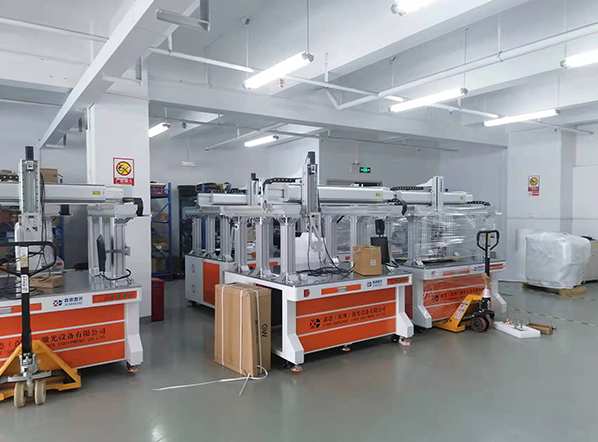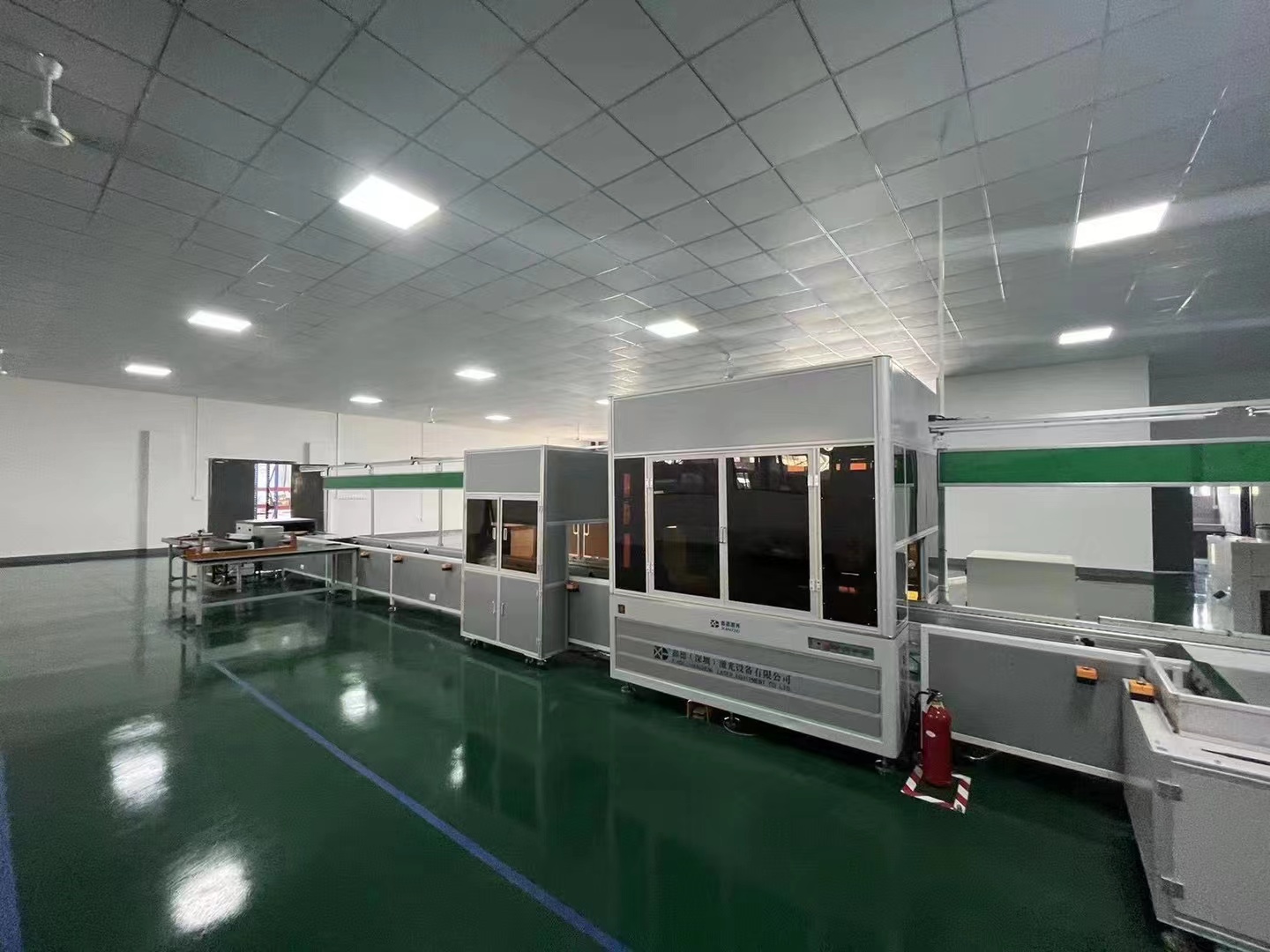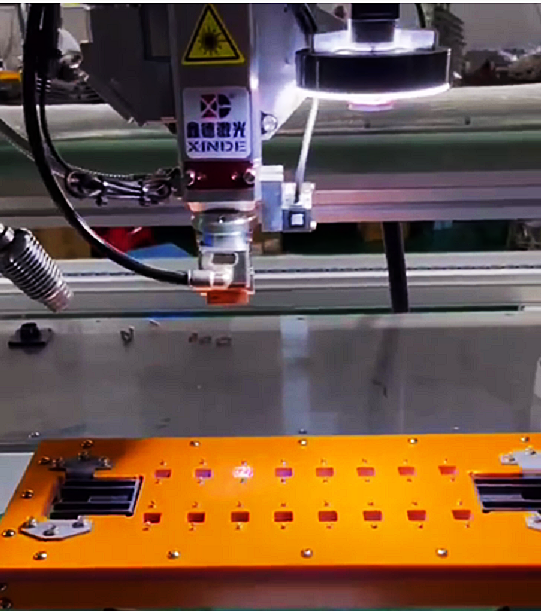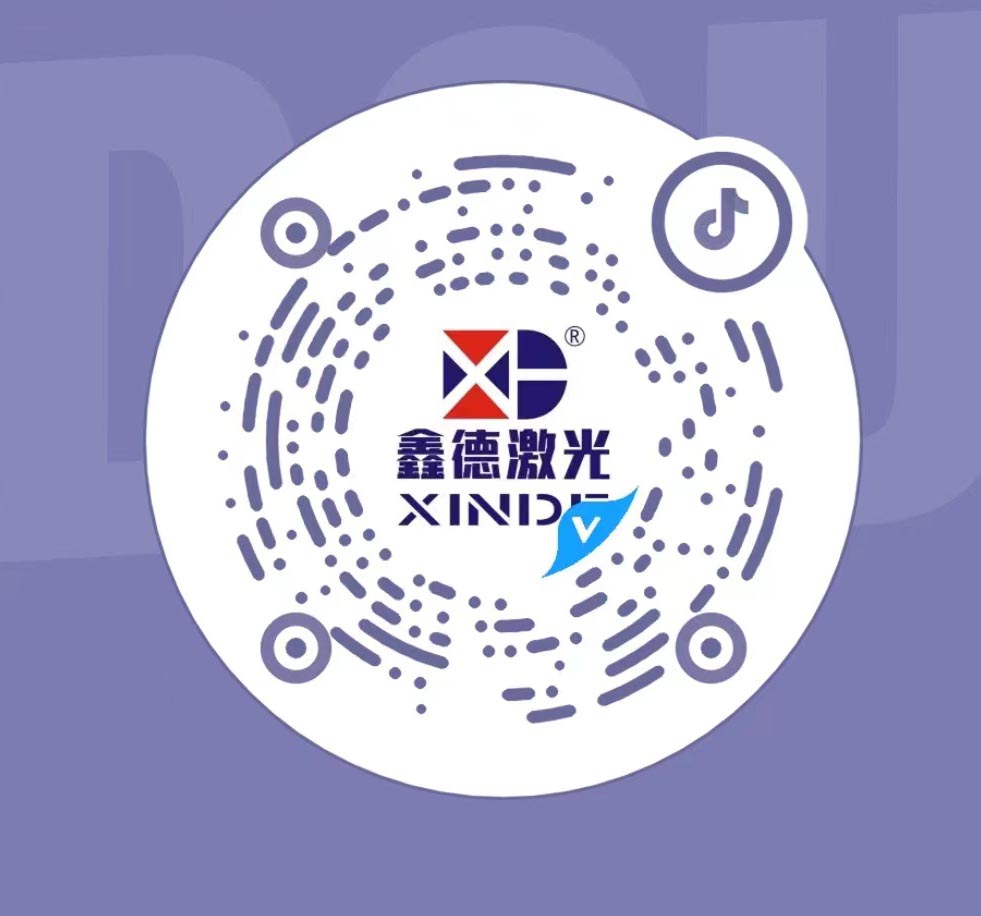The worldwide lithium industry is developing rapidly. It is estimated that by 2025, the global demand for lithium batteries will reach 694.265 billion yuan, and the total market size will reach 439GWh. In the production process, from the production of lithium batteries to the assembly of PACK, it is a very critical production process. Choosing the right welding mode and process will directly affect the cost, quality and safety of the battery.
According to statistics, China's lithium battery welding market will reach 3.63 billion yuan in 2018. Laser welding is a new welding technology, compared with the traditional welding process, laser welding technology has many advantages: high energy density, small welding deformation, small heat affected zone, good welding quality, good welding quality, no impurities, uniform and dense; The use of accurate laser welding, less light spot, accurate positioning, combined with the automatic control of the manipulator, can greatly improve the efficiency of welding and reduce production costs.
The advantages of laser welding are energy concentration, high efficiency, high precision and large welding depth and width. The laser beam is easy to focus, align, be guided by optical instruments, can be positioned within a certain distance, and can be redirected between fixtures or obstacles around the workpiece. Other welding laws cannot be used due to the constraints of the above space. The heat input is small, the heat affected zone is small, the workpiece residual stress and deformation is small; The welding energy can be accurately controlled to ensure the welding quality and the appearance of the weld. Non-contact welding, optical fiber transmission, with better versatility and higher automation.

With the continuous development of new energy, the power industry has ushered in new opportunities for development. Among the three key components of new energy vehicles, battery, motor and electric control, the cost of battery is the largest, and it is also an important factor affecting the overall performance of the vehicle. The precision and automation level of the production equipment will directly affect the quality, efficiency and consistency of the battery. Laser welding technology is the first choice for manufacturing high performance power battery.
- 2023-06-01Square shell lithium battery module pack production line: ideal choice for achieving efficient production and high-quality products
- 2023-01-02Why is automatic laser welding machine so popular
 2022-12-29Definition and function characteristics of lithium battery automation pipeline
2022-12-29Definition and function characteristics of lithium battery automation pipeline 2022-12-27Welding manipulator will lead the future of welding automation
2022-12-27Welding manipulator will lead the future of welding automation 2022-12-24What factors are related to laser welding quality
2022-12-24What factors are related to laser welding quality

-
Inquire
- Mobile
- Mobile177-2247-7738
- Tiktok
- Video
- Top



